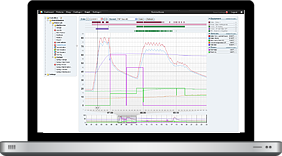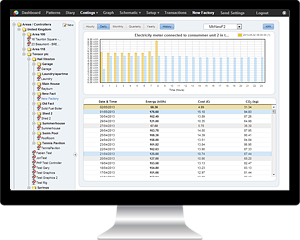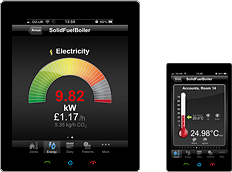Government energy efficiency policies slash 90 pounds off energy bills
Energy efficiency measures and green policies implemented by the Government have helped maintain household energy bills this year are an average £90 lower than they would otherwise have been, the DECC ( Department of Energy & Climate Change) has recently argued.
An average household dual fuel bill in 2014 costs £1369, compared to £1459 if green policies were not present, the DECC says. This includes action to take an around £50 off the average household bill this year announced in December 2013.
Government policies aimed at supporting cleaner energy and keeping the lights on account for £62 (or 4.5%) of the bill in 2014, while support for vulnerable households and energy efficiency accounts for £40 (2.9%). When bills are averaged out to take account of the £140 Warm Home Discount paid to around 2 million households, support for vulnerable households and energy efficiency accounts for £27, or 1.9%, of the bill.
By 2020, household bills are estimated to be £50 cheaper in real terms than today’s bills, dropping to £1319. This is due to a combination of Government energy efficiency policies and current expectations of future wholesale gas and electricity prices. Without Government policies, the average bill in 2020 would be £1411.
Energy and Climate Change Secretary Ed Davey said:
“We have the best energy security in Europe – and to stay that way we need to deal with a legacy of underinvestment and build a clean, secure energy system based on home grown supplies. I’m determined that while we tackle these challenges, consumers don’t pay a penny more than they have to for the energy they use.
“We’re making homes warmer and cheaper to run, giving particular help to the most vulnerable people and avoiding the predicted energy crunch, meaning we can drive down bills and support investment in the economy with more secure energy supplies and more stable bills.
The HeatingSave Building Energy Management System helps customers save more than 30% on their bills by optimizing any heating system’s overall functionality. This is done by taking into account a variety of factors, such as internal and external temperatures, occupancy, time of the year, the particular characteristics of installed boilers, etc.
All of the data is used in order to determine the best heating patterns for the various heating zones within any building, using our proprietary heat-loss algorithm.
The end result is that users still get a very good level of comfort, while in the same time saving energy and money in the process.
If you’d like to find out more details on all the features HeatingSave has in store, just contact our dedicated product team, they’ll be more than happy to provide you with all the necessary information.






